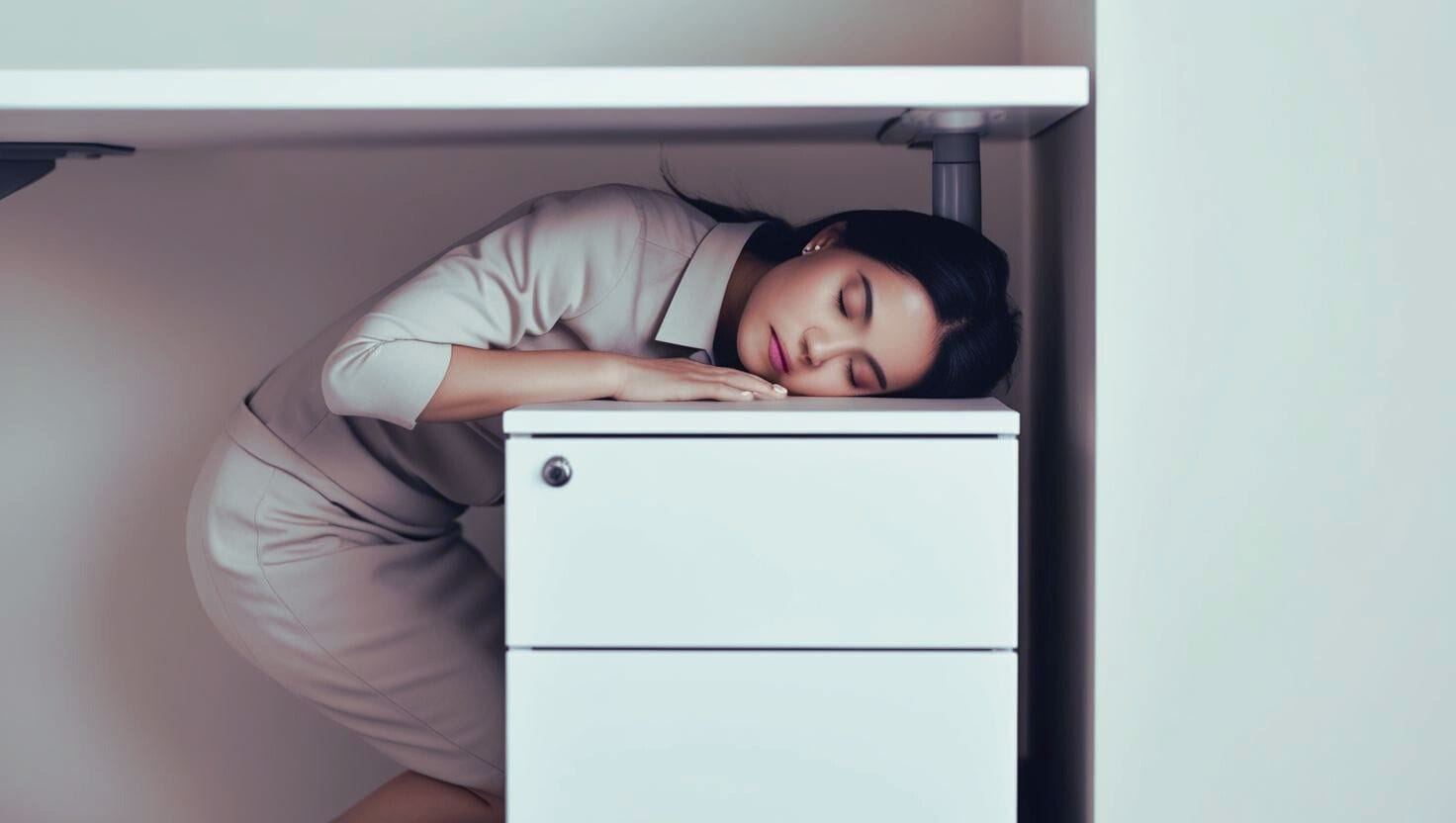12 Surprising Truths About Power Naps at Work: Boost or Backfire
From health perks to office politics, here are 12 surprising truths about power naps at work. Can a quick snooze make you sharper—or sabotage your career? Science, stats, and culture say it all.
Power Naps at Work: Boosting Productivity—or Career Suicide?
1. Falling Asleep in Boredom: From Classroom to Commute
Ever found yourself in school, pretending to be deeply contemplative while nodding off from sheer boredom? Or drifted into a nap during a long commute on the bus or train? You're not alone.
Our bodies are wired to catch even brief moments of shut-eye when boredom or fatigue strikes.
2. Power Naps: Not Ruining Your Nighttime Sleep
Worried a mid-afternoon snooze will wreck your sleep that night? Science says otherwise, when timed right. Optimal power naps (10–30 minutes) taken between 1–4 p.m. help restore energy without disrupting your nocturnal routine.
3. Management Perception: Potential Stigma vs. Emerging Support
Despite a lingering stigma, especially in U.S. government buildings where napping is prohibited, some forward-thinking companies are flipping the script. Startups like Exa (with nap pods), Ben & Jerry’s, and HuffPost (Thrive Global) encourage naps as a tool for creativity and productivity.
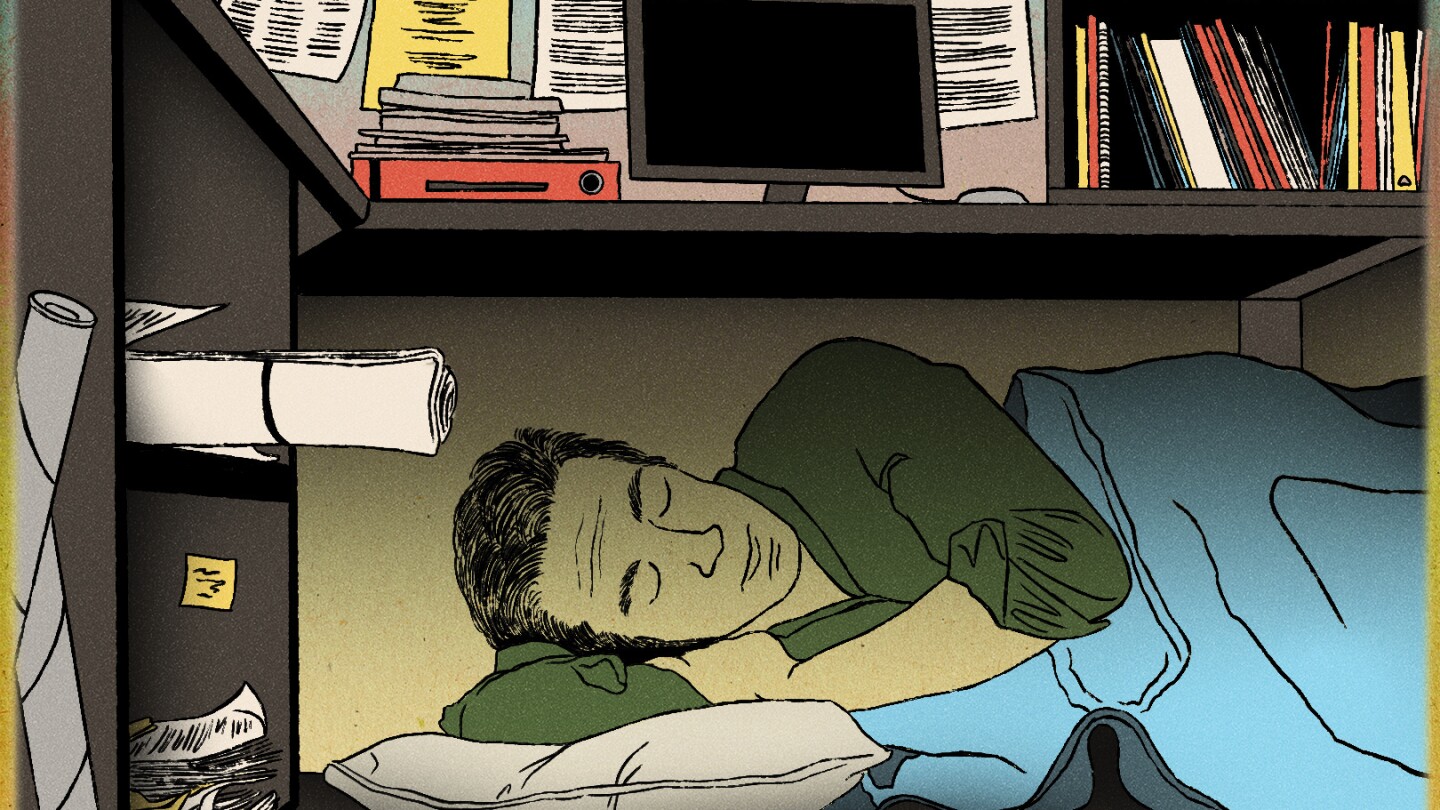
4. Ideal Nap Locations
Where can you discreetly take a nap at work?
- Nap rooms or pods (offered by some employers and campuses)
- Your car (common for in-person workers—50%) or your desk
- At home, remote workers often nap on their bed or couch
5. Remote Workers & Napping Culture
Studies show:
34% of remote workers and 45% of hybrid workers nap at least weekly, compared to 27% of in-office employees.
Nearly half (48%) of remote workers admit to napping during work hours, often hidden from employers.
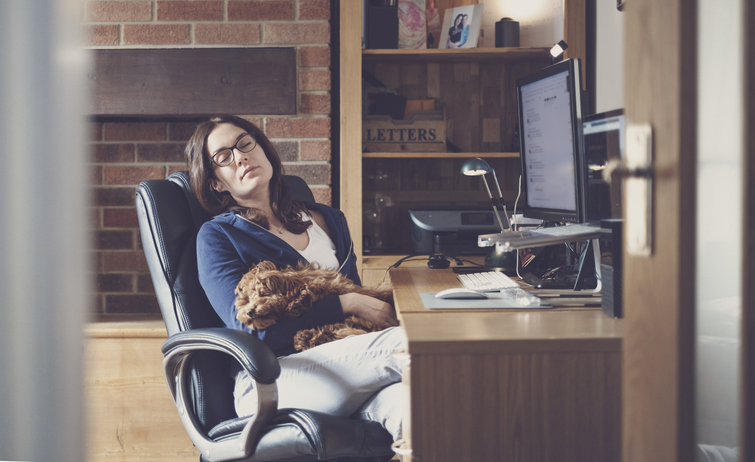
6. Productivity: Do Power Naps Deliver?
Yes—consistently:
- A PLOS Biology study found that 20-minute naps reaching the N2 sleep stage boosted performance on pattern-solving tasks significantly.
- Naps enhance creativity, memory, mood, and physical performance—and may reduce coronary mortality when taken regularly.
- NASA’s 26-minute nap improved alertness by 54% and performance by 34%
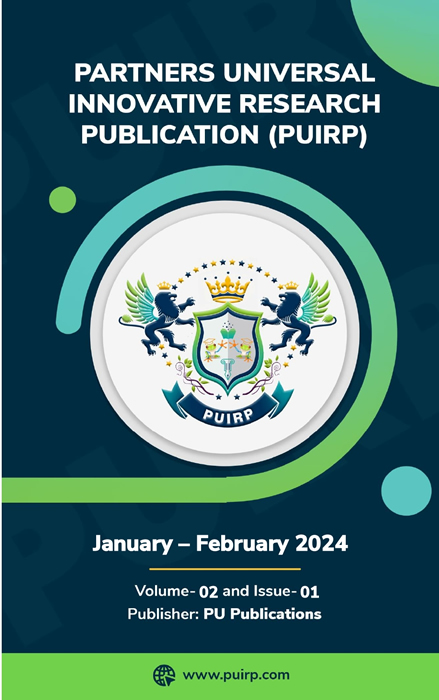
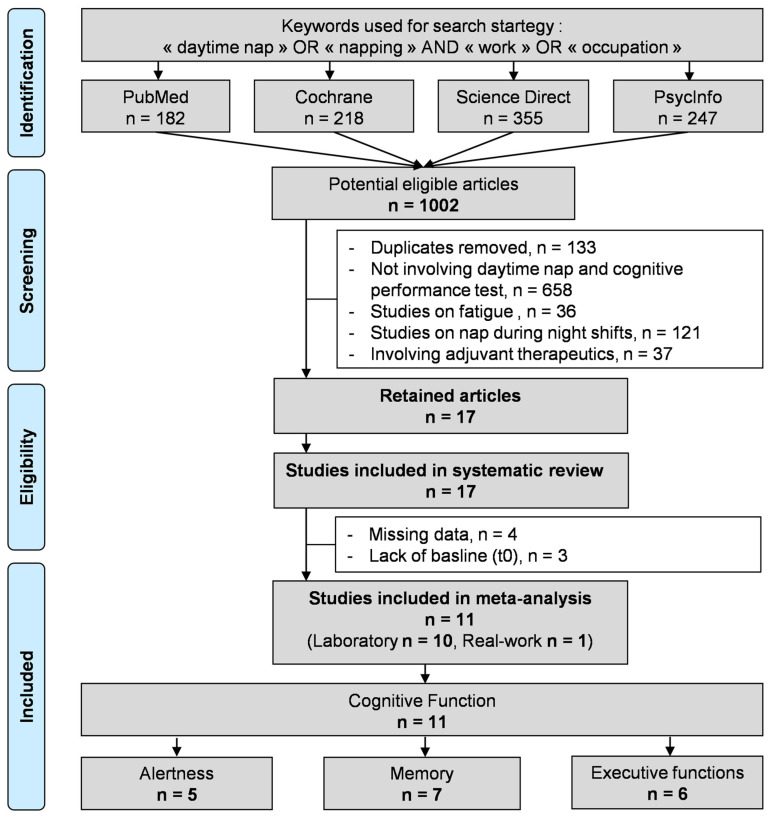
7. Health Boosts & Disease Prevention
Power naps can bolster cardiovascular health and brain resilience:
- Regular napping is linked to reduced coronary mortality (12% for occasional nappers, 37% for habitual nappers)
- Better stress recovery and cognitive preservation versus non-nappers.

8. International Comparisons: Siesta & Napping Norms
In Spain, parts of Latin America, and China, siestas—or post-lunch naps—are a cultural norm. By contrast, countries like the U.S. still view napping on the job warily.
9. Must We Nap?
If daytime drowsiness is a symptom of poor nighttime sleep, the root issue may lie there. Occasional naps are beneficial, but reliance on them could signal underlying problems, especially when taken frequently or for long periods.
10. Does Napping Indicate Job Dissatisfaction?
Not necessarily. Data shows napping isn’t tied to being unhappy at work, but rather to fatigue and stress. Burnout and lack of sleep both lower performance and more workplace napping.
11. Influence of Meetings, Trainings & Stress
Remote or long periods of Virtual-like screen time contribute to fatigue and “Zoom fatigue,” increasing nap likelihood. High-stress environments and training-heavy roles make napping a more appealing coping mechanism.
12. Age & Gender: Who Naps More?
- Age: Younger workers (18–34) nap most (54%), followed by 35–54 (46%), with only 25% of those over 55
- Gender: Men (52%) nap more than women (38%) during the workday
- Older adults may nap more due to reduced nighttime sleep efficiency, not necessarily dissatisfaction.
Conclusion: Nap—or Not?
A short, well-timed power nap—especially 15–30 minutes between 1–4 p.m.—can be a strategic productivity hack, improving focus, mood, and cardiovascular resilience. But long or frequent naps, especially in the absence of stress or fatigue, risk deeper issues like poor nighttime sleep or health concerns.
Best Practice Tips:
- Keep naps under 30 minutes to avoid grogginess ("sleep inertia")
- Nap in a cool, dark, quiet setting
- Maintain a consistent nap routine to reinforce circadian rhythms
- Treat naps as supplements—not substitutes—for a proper night’s sleep

